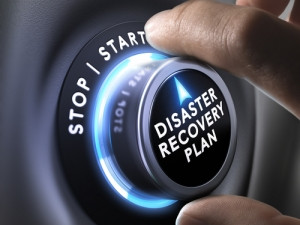
Almost half (44%) of IT businesses experienced a migration failure in 2015 and the majority do not have a recovery plan.
This is according to a recent research by Vision Solutions, which polled more than 2 000 respondents consisting of CIOs, CTOs and IT leaders globally.
The survey says despite advancing technology, the percentage of organisations that had a migration failure increased by more than 20% between 2014 and 2015.
It adds 70% of companies that experience migration failure do not calculate average cost of downtime delaying critical business decisions.
Also, 85% of IT professionals said they either had no recovery plan or were not confident their recovery plan was complete.
Alan Arnold, Vision Solutions executive VP and CTO, says even one imbalance in the IT system - which includes data, applications, hardware, networks, external vendor software and partners - can be the tipping point between an organisation's success and failure.
"In a world where data insights lead business growth, it's essential that IT leaders take a close look and identify the best tools and solutions to ensure resilience."
Rick Vanover, senior product strategy manager at Veeam, says business continuity is a means for a company to truly consider itself an always-on enterprise.
"If done correctly, a business continuity plan should give decision-makers the peace of mind that the company can failover to a different site in the event of a crisis or disaster."
It is important to draw the line between business growth and having the back-end systems capable of facilitating the progress, says Vanover. With information becoming available quicker, this is often where many decision-makers stumble, he adds.
Vanover says many companies have disaster recovery sites but these might be grossly underpowered when the time comes to use them.
So even though enterprises need to latch on to technology that will enable the effective implementation of a business continuity plan and off-site disaster recovery, they also need to be cognisant of testing it to ensure performance levels are as expected, he says.
"Business continuity and disaster recovery are business-critical processes and should be treated as such. This is why having a focus on partnerships with the right solutions providers will pay dividends once it comes time to roll over to a disaster recovery site."
Share